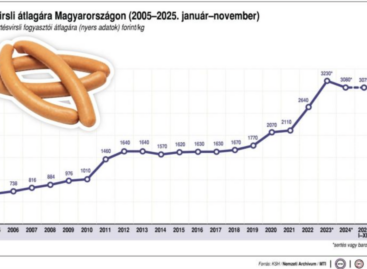The future workplace: how to automate intelligently
Automation is now a key pillar of any digital transformation program. But what process and functions should you automate first? And how do you make sure that it’s roles, not people, that are made redundant?

Automation offers tremendous potential for leaders looking to drive transformation in their organization: from cost savings and increased delivery speed, to new operating models, to higher value activities for employees.
Business leaders understand that successful implementation of automation is complex and likely to have far-reaching effects on their organizations. With “business as usual” no longer possible post-automation, leaders must navigate risks unrelated to algorithms, such as maintaining employee morale, building support for change and helping teams adapt to new ways of working throughout the reshaped organization. Getting automation right requires a strong focus on people strategies, transforming the business while maintaining an engaged, motivated and appropriately skilled workforce.
In 2018 we undertook proprietary research we undertook proprietary research aimed at providing actionable insights to leaders ready to take advantage of automation and effectively drive business transformation. As part of this effort, we mapped Frey & Osborne automation scores to nearly 2,000 occupations in four economies (US, UK, Canada and Australia); categorized those occupations into 15 business functions and 50 subfunctions across 16 industry sectors. This detailed mapping allowed us to understand how applicable automation was to different economies, sectors and business functions. Then, using transformations of ONET work activity data, we derived the amount of time that workers spend on individual tasks. When linked to the business function data above, the task-level analysis allows leaders to zoom in from a business function all the way down to an individual task, to identify the highest ROI automation candidates.
Our analysis uncovered a few surprising findings. The potential to automate tasks differs by more than 2X across sectors and up to 7X between functions as varied as finance (heavily rules-based, where 80% of tasks hold potential for automation) and learning and development (with only 12% of work potentially subject to automation). While it is important to understand the applicability of automation in your sector, we found that every sector can transform roughly a third of its work.
Related news
Related news
The GVH imposed fines of more than 3.7 billion forints on 29 companies in 2025
🎧 Hallgasd a cikket: Lejátszás Szünet Folytatás Leállítás Nyelv: Auto…
Read more >Hungary’s economy in 2025: recovery from slowdown, weaker forint and the increasing importance of corporate strategic decisions 2026 will be a test of resilience
🎧 Hallgasd a cikket: Lejátszás Szünet Folytatás Leállítás Nyelv: Auto…
Read more >NAK: it’s worth buying Hungarian sausages on New Year’s Eve too
🎧 Hallgasd a cikket: Lejátszás Szünet Folytatás Leállítás Nyelv: Auto…
Read more >



